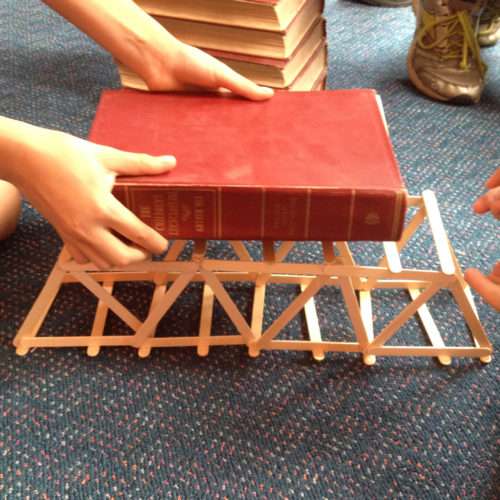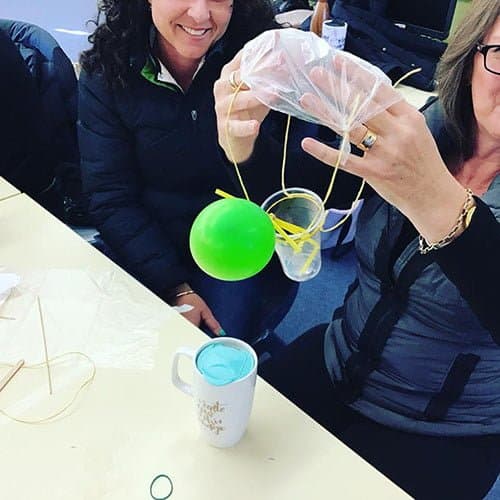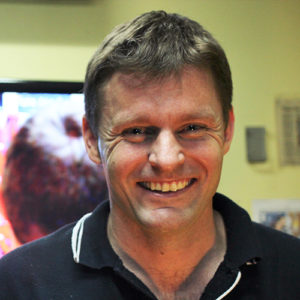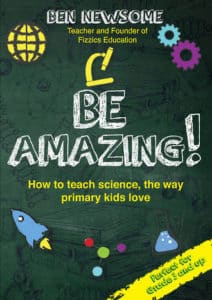The popularity of LEGO Masters Australia on Channel Nine was definitely not a fluke! You would be hard-pressed to find someone who has not grown up using LEGO bricks at some point in their lives and as such the TV show’s audience ballooned on the back of this nostalgia, drawing in new enthusiasts of all ages. With this in mind, teachers can use the show’s popularity & fun challenge ideas to teach design thinking to students!
It’s not just about the LEGO!
Many of the challenges on LEGO Masters draw upon classic engineering tasks that you can use in your own classroom:
- Show your planning
- Make it strong
- Collaborate when going large
- Use materials in unusual ways
- Show your creative flair
Whilst you may not have a huge collection of LEGO pieces, you can still use these challenge ideas when creating student engineering challenges that use straws, wooden sticks, glue and so on!
Show your planning
Design thinking is an iterative process, requiring you test and re-test prototypes as you get closer and closer to a workable solution to a problem. Part of any engineering challenge should be a component of planning. Whilst it is certainly creative to come up with solutions as you encounter them, some of the problems that you might face could be avoided if you plan for the structural integrity and design features of your build prior to starting.
With this in mind, create a marking rubric that incorporates marks for the planning process. Written ideas, drawings and videos of discussions can all count towards the overall mark.
Make it strong
One of the challenges was to create a LEGO bridge that could support the most weight. This required the contestants to think about trusses and arrangements of stud patterns to create the strongest bridge.
You can repeat this challenge without LEGO as well. Gather some wooden ice-cream sticks and masking tape and challenge students to determine which arrangement of a set amount of materials will produce the strongest bridge. Using textbooks as a measuring tool for weights you can emulate the LEGO challenge quite easily plus this opens up the opportunity for students to learn about truss arrangements such as the Warren Truss vs the Hower Truss.

Using books for a bridge building competition
Collaborate when going large
Some of the towers that were built on LEGO Masters were big, however, they pale in comparison to the huge builds shown in the next video. To achieve the monumental sizes, many of these builds are modular whereby groups of people made the same design over and over again which could at the final stage be put together. Perhaps next time you set an engineering challenge that the whole class must collaborate to solve a problem and then work together to produce the solution. Not only does this require cooperation skills and task management, working together requires students to learn when to follow and when to lead. Bonus points – why not submit for a Guinness World Record?
Use materials in unusual ways
Often students think that there is only one purpose for the material that you give them. If you’re aiming for creativity, why not ask them to think a little broader when it comes to material use. For example, a balloon is very much something that can be blown up, but you can also use it as a replacement for a rubber band. Its how the material responds to stresses that matters. Also, can you alter the material so that it suits your needs?
Why not create a challenge which requires students to incorporate everything you give them into their build? The caveat is, they have to justify why is each material being used. Another way to do this is to restrict the number of materials you give them, forcing them to come up with more creative solutions to the problem at hand. A great lesson that uses this strategy is the classic egg drop challenge, whereby students have to make an egg survive a fall (or a water balloon if there are allergies).

Teachers during a PD session creating a contraption to hold a water balloon
Often during the LEGO Masters series, you would find contestants using unusual pieces to create their structures. By thinking laterally the contestants were able to create amazing artworks that were as unexpected as they were incredible to look at.
Show your creative flair
One of the fascinating challenges LEGO Masters was for contestants to complete the other half of an everyday object. Not only did this require contestants to achieve the brief using the pieces at hand, additionally they needed to make their object interesting from a design perspective. You could also incorporate this idea as part of your rubric, as in the real world building designs win funding based not only on their utility but also their design aesthetic.
So… what are some engineering challenges that you could pose to your students? Check out this post that covers just some ideas that you can try using everyday materials. These ideas won’t break the budget and the kids will certainly enjoy the challenges!
Happy teaching,
NEW Primary science teaching book!
“Be Amazing! How to teach science, the way primary kids love”



























Comments